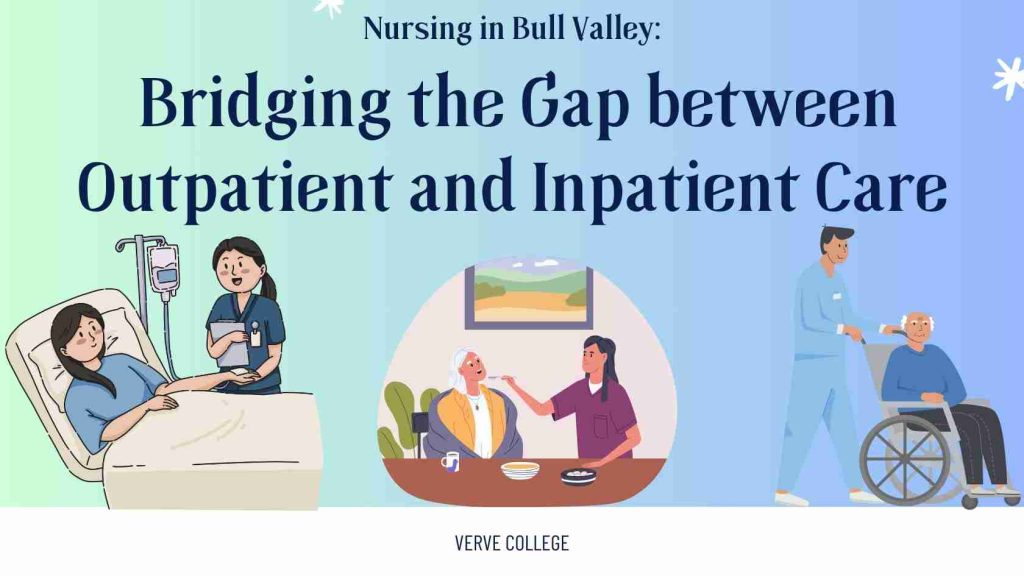- Oak Brook:(630) 705-9999
- Chicago:(312) 920-8822
- Email:inquiry@vervecollege.edu
- Make a Payment
- Home
- Programs
- Admission
- Resources
- ATI Entrance Exam Resources
- New E-Digital Library
- Refer a Friend
- School Newsletter
- Events
- Employers
- Job-Network
- Alpha Beta Kappa Candidates
- Verve College Library
- Graduation and Pinning Ceremony Photo Galleries
- Textbook Information
- Career Services
- Tutoring
- School Catalog
- FAQ
- Constitution Day Program
- Alumni
- Verve College Plans
- Financial Aid
- HEERF Reporting
- Satisfactory Academic Progress
- Apply For Financial Aid
- Net Price Calculator
- Return of Title IV Funds (R2T4)
- Financial Aid Office Code of Conduct
- Contact
- FAQs
- Verification Policy
- Vaccination Policy
- Student Right-to-Know Act
- Misrepresentation
- Information Security Program
- Academic Award Year
- Availability of Employee
- Cost of Attendance
- Health & Safety Exemption Requirement
- Students Rights and Responsibilities
- Leave of Absence
- Pell Formula
- Military Students
- Grants/ Scholarship Policy
- Contact Us
- Testimonials
- Blog
Is a Nursing Career Right For You?
Take The Free Quiz
Nursing in Bull Valley: Bridging the Gap between Outpatient and Inpatient Care
Nursing in Bull Valley: Bridging the Gap between Outpatient and Inpatient Care
What Are Observation Units (Observation Units)?
Observation units serve as an intermediate step between inpatients and outpatients, typically when an attending physician cannot determine whether the patient should be classified as an outpatient (released within 48 hours) or inpatient (expected stay of more than two nights). Are you exploring healthcare as a profession? Explore practical nursing programs for clinical practice offered at Illinois College of Nursing tuition from vocational schools or community colleges that provide essential technical training with basic nursing skills for future healthcare professionals to make a career in nursing.
They give physicians more time to stabilize patients at health care facility before making a determination based on medical necessity & basic care in the nursing field; such stays do not count towards inpatient admissions in health care settings.
Patient Perspective on Observation Units
Since observation units are charged as outpatient services, patients may have to pay more. Copayments must be made before each service can be provided; outpatient drugs prescribed for chronic conditions may cost more during the nursing process. Satisfaction increases when moving from emergency room chaos and traffic into an isolated area that offers faster treatment services from the healthcare team.
Related:- DEI Training in Healthcare: Enhance Patient Outcomes
Medicare’s Perspective of Observation Units
Medicare has tightened up classifications between inpatients, outpatients, and the relatively new observation units in healthcare settings. Based on medical necessity criteria, patients expected to stay for at least two midnights should be admitted; patients expected to stay between 24-24 hours should be considered outpatients.
Nursing Home Eligibility for Observation Units
To qualify for nursing home follow-up, the patient must have been an inpatient for at least three consecutive days (excluding discharge date ). As previously noted, observation units do not count towards this total number.
Observation units from a hospital perspective Hospitals provide financial incentives for inpatients by paying them higher reimbursement rates, so to cut healthcare costs, observation units were created as an initiative by clinical sites to reduce readmission rates within 30 days; an observation unit allows this. Furthermore, such units help counter overcrowding in emergency rooms by moving patients out of high-traffic environments into safer ones where care can be more closely managed – all reasons to make observation units an integral component of medical care in clinical sites and healthcare environments.
Hospital Trends – Observation Units
The number of observation units is on the rise; nearly 33% of hospitals now include one, according to surveys, as hospital admissions decline and readmission rates continue their steady decrease in clinical settings. A shorter hospital stay can lower healthcare costs; according to one survey, the total length of stay for those observed within “dedicated” units with specific protocols was 20% less compared to those who underwent observation elsewhere within a hospital. Are you exploring a healthcare career as a licensed nurse? An LPN career offers great potential in an ever-evolving landscape that helps to become a licensed practical nurse by learning basic skills & clinical experience.
Want to Make a Career in Nursing? Get More Information About Our Courses!
Notification requirement for observation units? Are you exploring nursing career options in Bull Valley, Illinois? LPN training Illinois (training programs at Verve College) such as this one can offer invaluable instruction for aspiring medical professionals & potential students to gain scope of practice. There is currently no requirement that patients are informed they are in an observation unit and therefore incurring outpatient costs. As most observation units are situated within emergency departments at healthcare services, patients often assume they will be treated or get patient care on an outpatient basis; some observation units even physically share floor space with inpatient units yet bill according to outpatient protocols.
 Sign up
Sign up Login
Login




